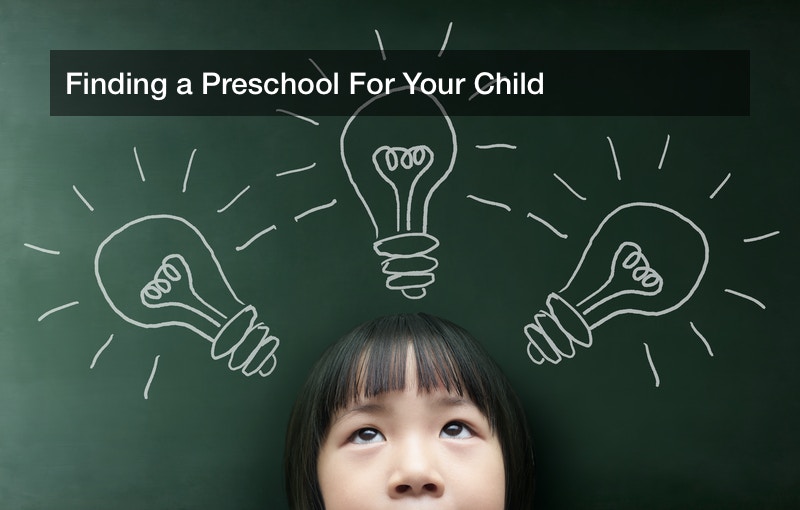

All parents are greatly invested in finding the best possible for their children, since a good education is the key to any child’s future success. So, when a child becomes old enough for preschool or kindergarten, or when the family moves to a new city or county, the parents will look online for the desired types of schools nearby. These may be public or private preschools, summer camp in between school years, or even private middle schools or high schools. Often, a search should be specific to the area, such as “preschool coral gables FL” or “private preschool coral gables FL” or something to that effect.
Finding Preschools
It should first be noted that a preschool is not the same thing as a day care, since preschools in particular are academic and can prepare young students aged three to five for kindergarten and beyond. And American households are sending their children to preschool more than ever since 1990. A good preschool is where a young student will learn how to learn, and the students will get used to an academic atmosphere and learn to follow directions from adults who are not their parents. A private preschool in particular may be well funded and offer expert teachers, in exchange for the parents paying tuition for all this.
When a child is old enough for preschool, the parents can look online if they do not already know a good preschool where they can enroll their child. This means looking up their city or town name, as well as their ZIP code if need be. A search such as “good public preschool coral gables FL” may show just that, and a search like “preschool coral gables” can be backed up with the family’s ZIP code to narrow down the results even more. A whole list of candidate preschools may appear, and the parents may strike out schools that are not suitable for one reason or another. Then, the parents can visit the remaining candidate schools and evaluate them.
Touring local preschools in person is a fine chance for the whole family to get a fair impression of each school, and the parents may consult the staff to review the school’s funding levels and see what sort of programs it offers for young students there. The parents may also review the credentials of each teacher working there, such as their work history, educational background, and any awards or recognition they might have. And of course, the parents will check with their child to know whether that youngster feels comfortable at that school and gets along with staff there. the family may tour any number of preschools this way until they find one that suits their needs, and enroll their child there.
Finding Middle and High Schools
Preschool is not mandatory for American children, but a K-12 education certainly is. When a child is ready for kindergarten, or when the family moves to a new city or county, the parents must look up local elementary, middle, or high schools depending on their child’s age or last completed grade level. As with a preschool search, the parents will enter a query online specifying their city or town name, ZIP code, and whether they want to find public or private schools of the desired type. The prospective student may tour those schools with their parents, and explain why they did or did not like a particular school and also describe what sort of clubs or programs they want access to. A prospective student may want a swim team, well-funded football team, art programs, a marching band, or anything else like that.
Private elementary, middle, and high schools charge tuition, unlike public ones, and they are in the minority. But parents who can afford this option should take it seriously, since private schools are generously funded and feature robust programs and clubs, as well as expert and top-tier teachers and staff. Private high school teachers report much lower incidence rates of student apathy than public school teachers do, and private high schools offer more college prep counseling. As a result, around 90% of private high school graduates go on to college, comparing favorably to 48% of public high school graduates.